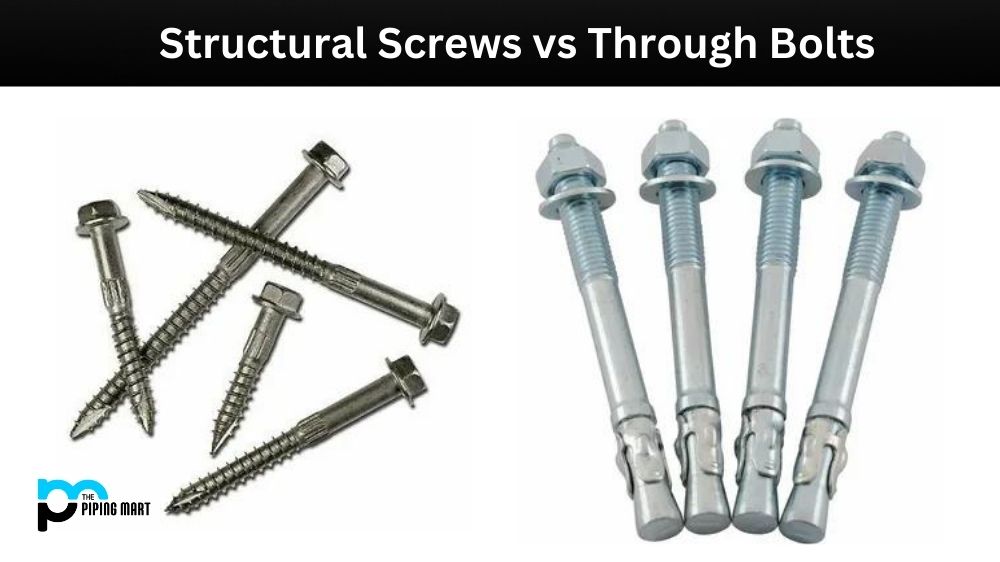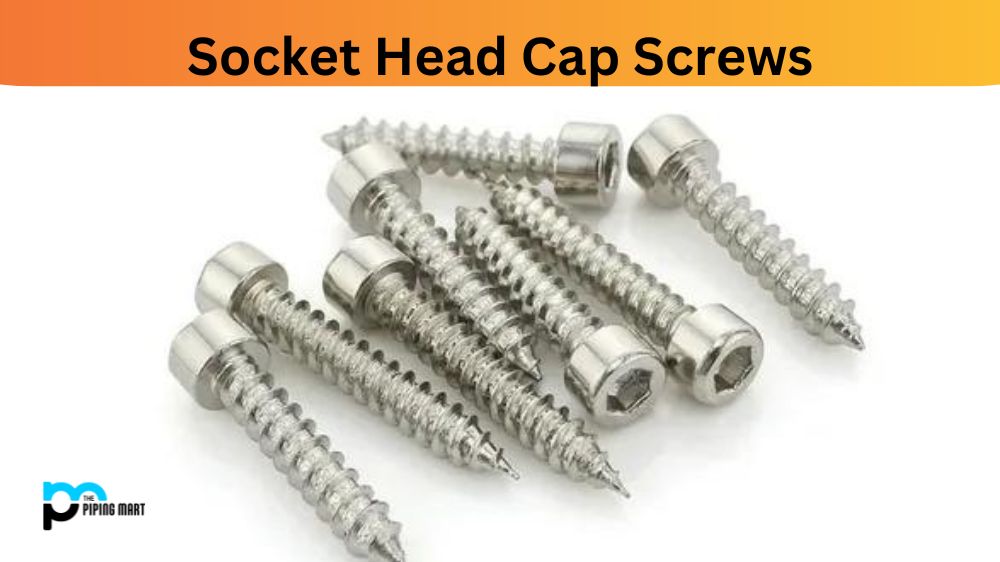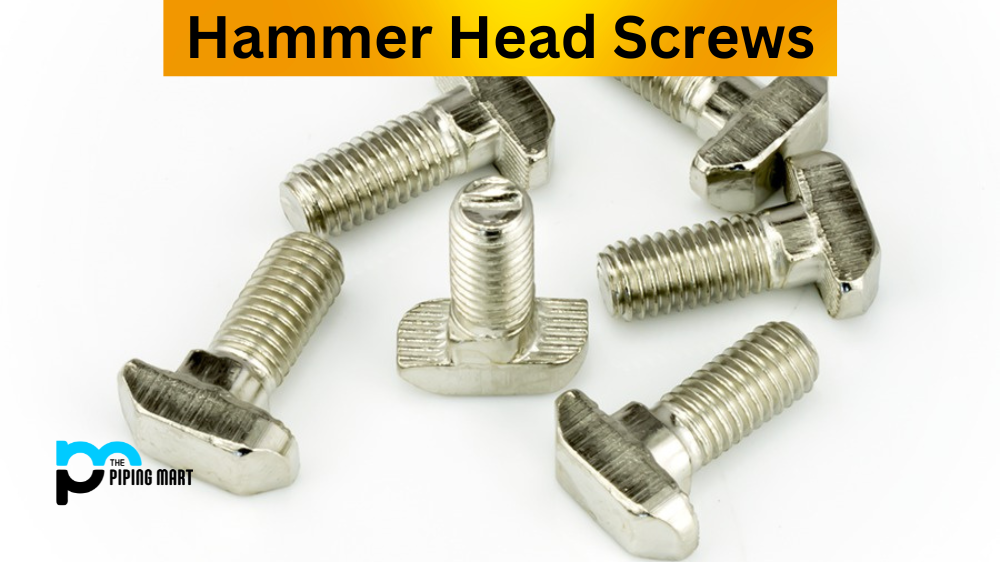When it comes to construction or home renovation, deciding on the best fastener is crucial to ensure the stability and durability of your structure. Two popular options for fasteners are structural screws and through bolts. Although both serve a similar purpose, they have different applications and benefits. This blog discusses the main differences between structural screws and through bolts to help you decide which is best for your project.
What is Structural Screws?
Structural screws, engineering screws or construction fasteners are specifically designed for heavy load-bearing applications. They typically feature a larger head size, a longer and thicker shank than traditional wood screws, and come with either one or two staggered drill point flutes to offer superior holding power compared to other fasteners. Many structural screws are made from galvanized steel, giving them excellent corrosion resistance.
What is Through Bolt?
A Through Bolt, a Tap Bolt or Double Headed Bolt is a fastener with two heads for increased stability and torque resistance. It is threaded along its entire length to secure two components together. The bolt passes through the connected pieces, and the ends are secured with washers and nuts. Bolts are most commonly used in heavy machinery such as engines or motors.
Difference Between Structural Screws and Through Bolts
Installation
Structural screws are easy to install and require minimal effort. They do not require pre-drilling, making them a time-saving option. You can install them using a power drill without special equipment or expertise. On the other hand, through bolts require pre-drilling and use a tight tolerance hole for proper installation. The hole must be drilled precisely to ensure a secure hold and prevent lateral movement.
Holding Power
Structural screws have excellent holding power and are suitable for most holding applications. They come in various sizes and lengths to suit different needs. Screws have threads and helixes ideal for attaching wood to wood or other hard materials. On the other hand, bolts have superior holding power and are the best option for attaching heavy items to a structure or concrete. For example, you’d use through bolts when attaching a beam to a concrete wall.
Flexibility
Structural screws are versatile and can be used for a variety of applications. You can use them to attach drywall, deck railing, and even window framing. They are an excellent option for affixing items that do not require maximum holding strength. However, bolts are less versatile and best suited for specific applications. They are mostly used for holding heavy-duty items that require a secure hold.
Cost
The cost comparison between structural screws and through bolts is negligible, with screws generally costing less than bolts. However, when you consider the additional installation costs, through bolts can be expensive. The extra time required for pre-drilling and installation can lead to increased labour charges. Regardless, using the right fastener for the job is always worth the investment.
Aesthetics
If aesthetics are a consideration for your project, then structural screws are the best option. They are fasteners with various finishes, including stainless steel, brass, and black oxide, to blend well with different surfaces. Through bolts are visible and stand out. They are best used in industrial-style construction and when the fastener’s aesthetics are not a concern.
Conclusion:
Several factors must be considered when selecting between structural screws or through bolts, including application, ease of installation, holding power, cost, flexibility, and aesthetics. It is essential to get expert help when selecting the right permanent fastener for your project. Going for the wrong anchor or fastener could lead to a disaster, hence the importance of choosing the best for your project. Once you have all the necessary information, the decision becomes much easier, and you’re on your way to a safe and reliable project.

Pipingmart is a B2B portal that specializes in metal, industrial and piping items. Additionally, we share the latest information and information about materials, products and various types of grades to assist businesses that are involved in this business.




